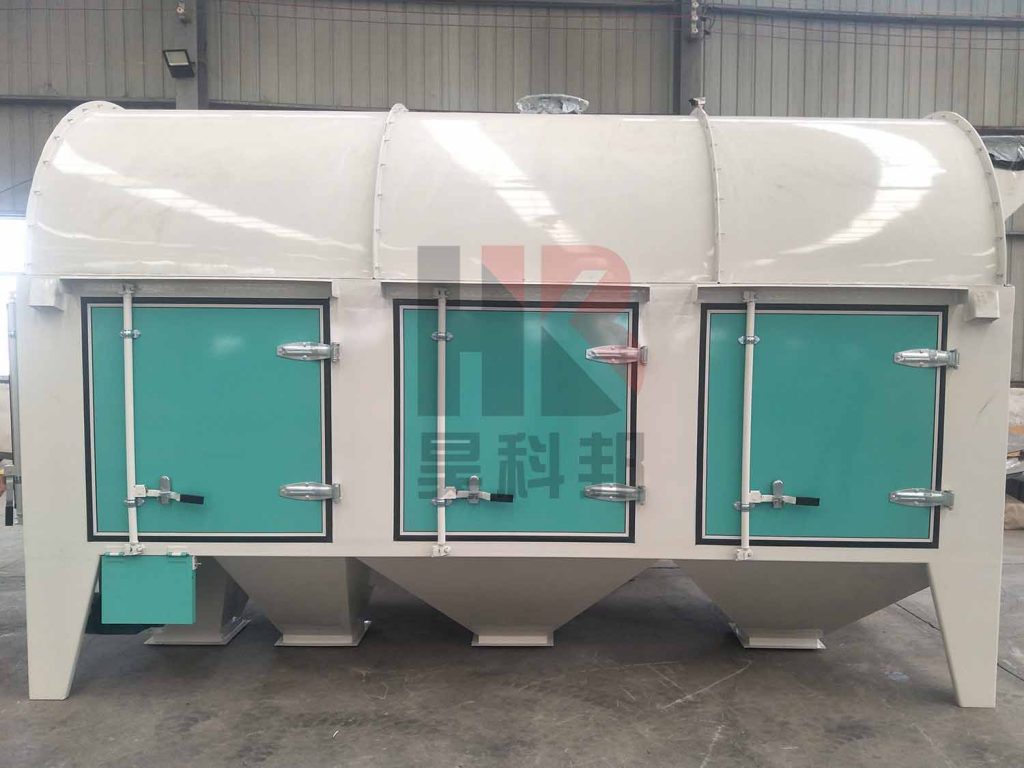In the grain processing and storage industry, the drum screen, as a widely used screening device, provides strong support for improving grain quality and optimizing storage management with its unique advantages.

The drum screen tumbles grain on the mesh through the rotation of the drum, achieving precise separation with different mesh sizes. This method effectively removes impurities like dirt, stones, and broken grains from the grain, while also grading grains of different sizes.
The drive mechanism of the drum screen typically uses a low-power motor, resulting in low energy consumption and minimal vibration and noise during operation. Its unique rotary screening method fully disperses the grain on the mesh, allowing fine particles and impurities to pass through smoothly while effectively collecting compliant grain particles.
The drum screen mainly consists of a drum, mesh, drive mechanism, inlet, and outlet. The drum and mesh are usually made of stainless steel, offering excellent wear and corrosion resistance for long-term stable operation in the complex environment of grain screening.
The mesh aperture of the drum screen can be customized based on different grain types and screening requirements to meet diverse needs. For example, a larger mesh size can be used for corn screening to improve efficiency, while a smaller mesh size is needed for finer grains like wheat to ensure screening accuracy.
The mesh and drum surface can easily accumulate grain residues and impurities during use, affecting screening effectiveness. Therefore, regular cleaning is crucial. When cleaning, use tools like soft-bristled brushes and water to remove surface impurities.